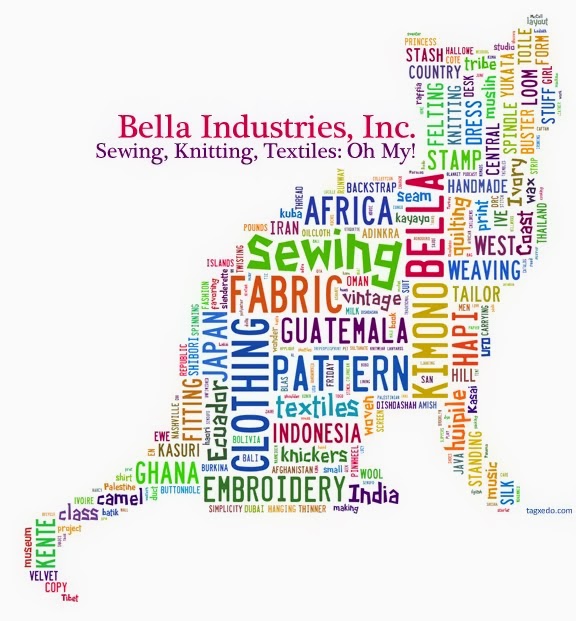In the first photo, a detail of the 2nd, you'll see 2 small border stamps. The left is only a few inches long, about 1.5" wide and the other is about 5" long. I'm guessing they would have been used at the border of a piece of fabric.
In the next photo, which includes stamps from both Iran & India, you'll see another border stamp (at the top), along with a pair of triangular stamps, which fit together. (As always, clicking on the photo will give you the largest version available.) They are from Iran, and I'm guess part of a 4 stamp set (as explained in the last post), but we've only got 2. To the right of the photo you can see 4 more triangular stamps, and you can even make out the paint on one of them; I'm guessing it was the red stamp! Again, these amazing, intricately carved pieces would be stamped on fabric, in succession to (slowly) create a 4 color printing process. Not only is the carving painstaking, but it must be hard for the person stamping to get things lined up just right, too.
 In Abu Dhabi, where we bought the stamps from Iran, it was a bit of a coup among the Western expats to get a <b>complete</b> set! Which makes sense--stamps were probably often retired/thrown out because one was no longer in good shape--so the rejects came to the Iranian souq near my house--meaning few complete sets made the journey across the Persian/Arabian Gulf. We did manage to get 3 complete sets, I think. Which demonstrates a) that we lived close to the waterfront where the souq was located and b) that we probably spent a lot of time/$$ there! ;-)
In Abu Dhabi, where we bought the stamps from Iran, it was a bit of a coup among the Western expats to get a <b>complete</b> set! Which makes sense--stamps were probably often retired/thrown out because one was no longer in good shape--so the rejects came to the Iranian souq near my house--meaning few complete sets made the journey across the Persian/Arabian Gulf. We did manage to get 3 complete sets, I think. Which demonstrates a) that we lived close to the waterfront where the souq was located and b) that we probably spent a lot of time/$$ there! ;-)The fabric they are laying on is a bedspread from Jaipur. It is batiked (wax resist), and I'm sure a stamp was used for this intricate design that repeats and repeats over a huge queen-sized bedspread without flaw. Which is another interesting way to think about fabric stamps--not as adding color, but as preventing additional color to be added!



















